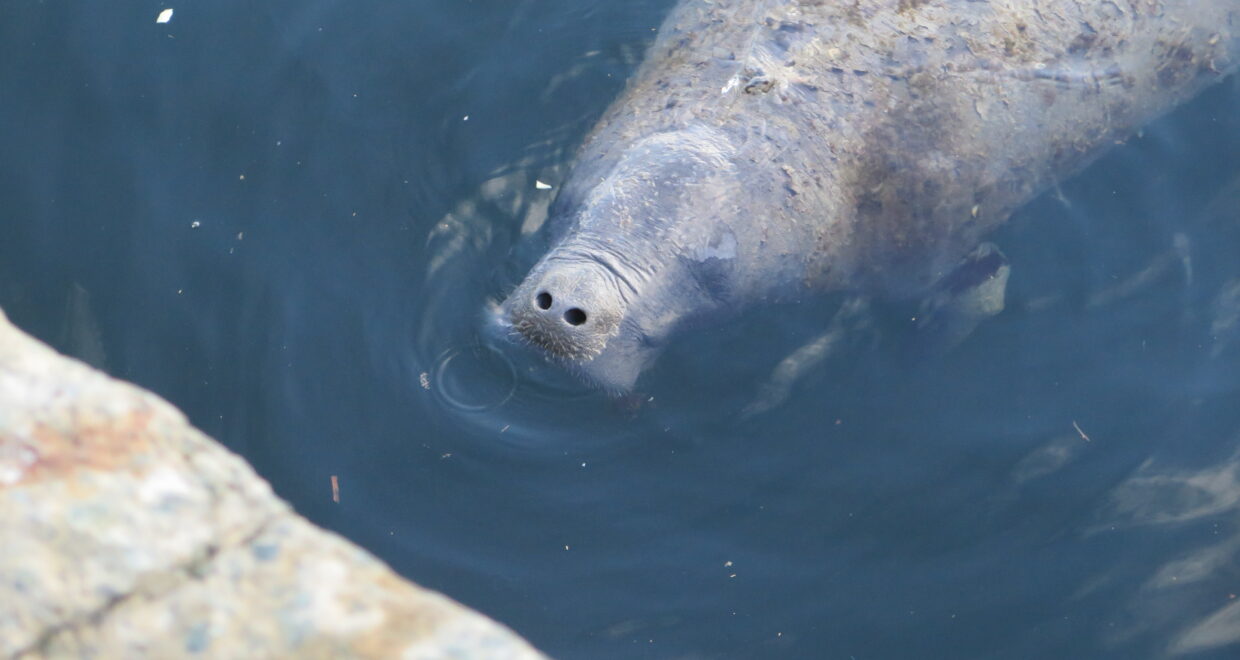Where are you going Tico-o-o-o?
The latest Paper of the Month for Journal of the Marine Biological Association of the United Kingdom is The longest documented travel by a West Indian manatee and is freely available for one month.
It’s a fascinating thought, isn’t it? Embarking on a journey to nowhere, with no plans or provisions, just going with the flow. I imagine many people today feel a bit like that—lost or overwhelmed by the rapid pace of life.
Tico, the rehabilitated manatee, certainly had his own version of that kind of journey. After being rescued as a newborn and raised in the safety of Aquasis’ rehabilitation center, he was released and embarked on an incredible journey of more than 4,000 km from Brazil to La Blanquilla Island, in Venezuela (vídeo: https://www.youtube.com/watch?v=SaIj6LsaQ_o).

Initially, Tico moved westward, following the direction of coastal currents in the semi-arid coast of Brazil. Fourteen days after his release, Tico ventured into the open ocean, crossing the shelf break.
Comparing his trajectory with the ocean currents revealed to us that Tico was carried by the North Brazil Current and its gigantic vortices. His speed matched the current’s velocity, suggesting that Tico could have drifted to conserve energy.
Tico made a brief stop near Tobago, where resources like food and fresh water were available, but he continued moving westward. The support of the Caribbean Stranding Network and the help of collaborators in Venezuela were vital in ensuring Tico was rescued and evaluated for his condition.
And how did Tico survive for so many days in a region with limited resources? We hypothesized that Sargassum might have provided a food source, and he may have drunk freshwater during storms or obtained it when passing through areas influenced by the Amazon plume zone, where salinity is lower. Additionally, manatees have large fat reserves that likely helped Tico to survive.
Understanding his journey was crucial, not only for his survival but for guiding future manatee releases in the region. Furthermore, understanding Tico’s journey helped inform the decision about his future. His capture was necessary for a health evaluation, and returning him to Brazil was considered the best course of action. This would allow him another chance to be released within his original population and habitat.
The paper “The longest documented travel by a West Indian manatee“, by Camila Carvalho de Carvalho, Iury Tercio Simoes-Sousa, Lucas Pereira Santos, Katherine Fiedler Choi-Lima, Letícia Gonçalves Pereira, Maria Danise de Oliveira Alves, Adrian Carrero, Juan Carlos Santander and Vitor Luz Carvalho, published in Journal of the Marine Biological Association of the United Kingdom, is freely available for one month.






